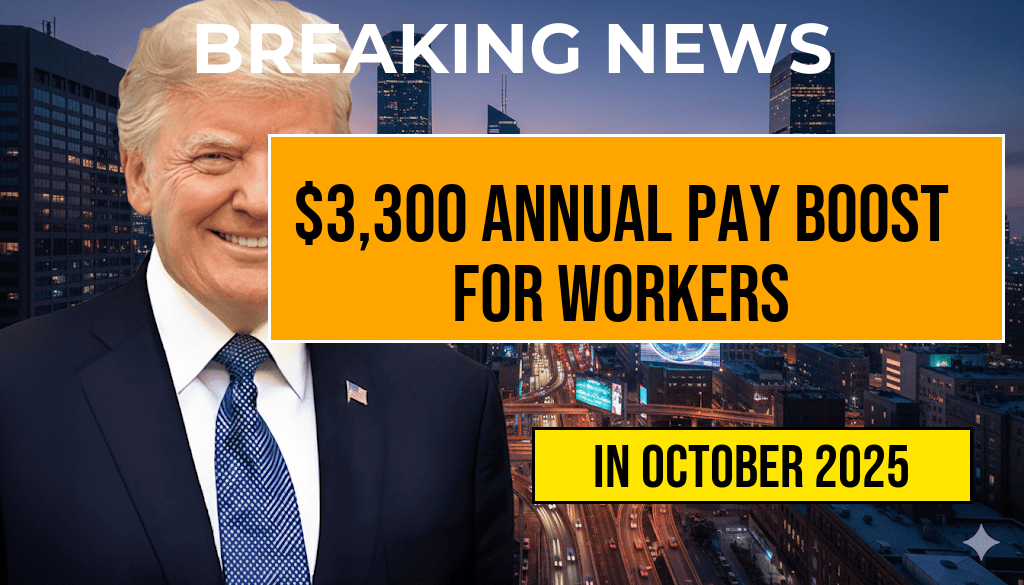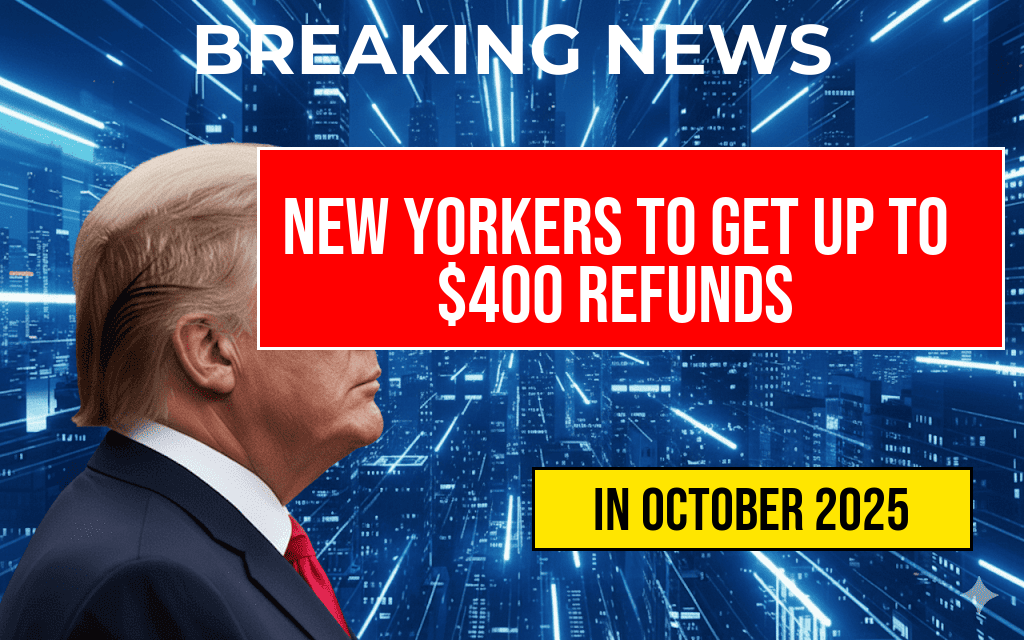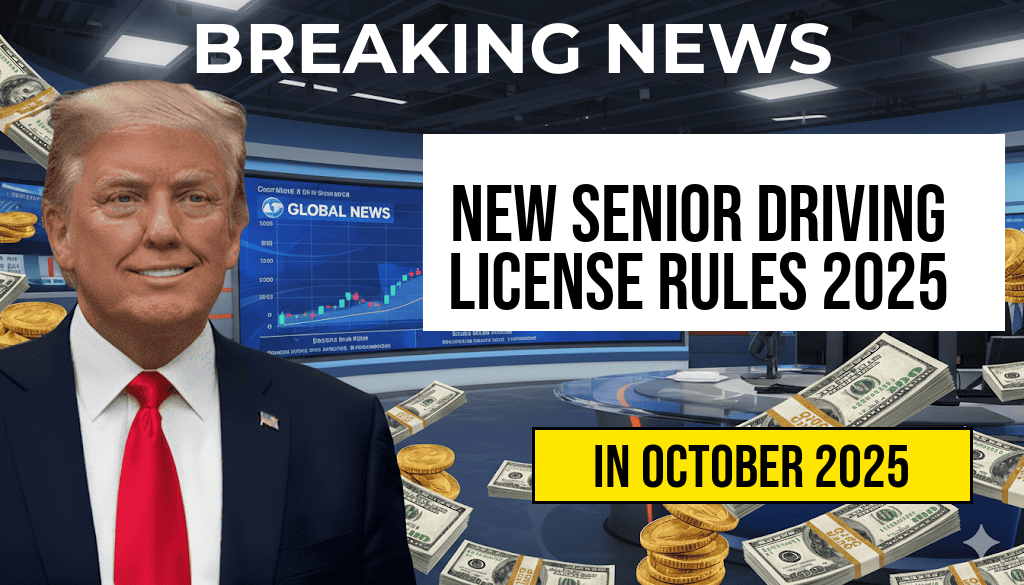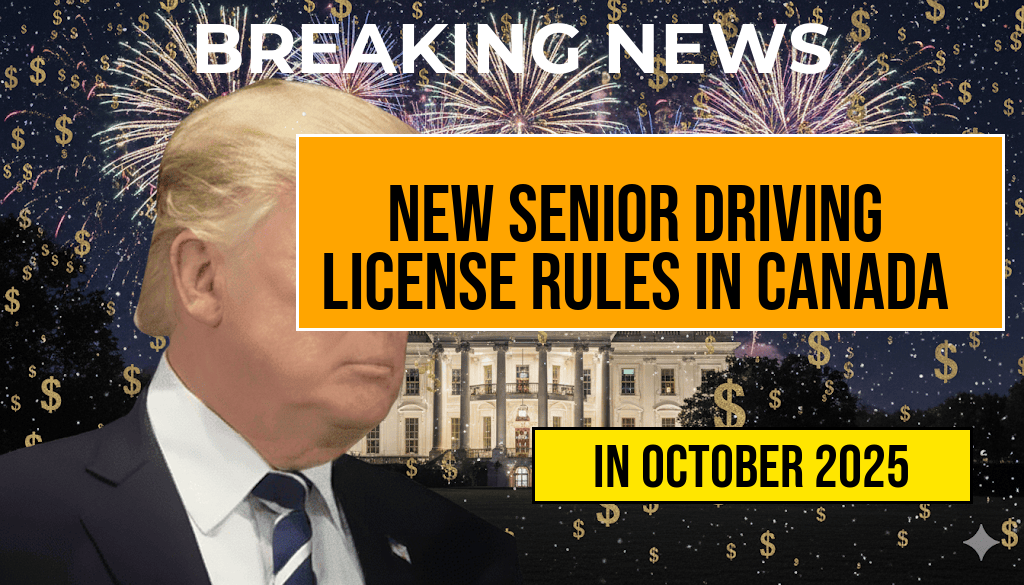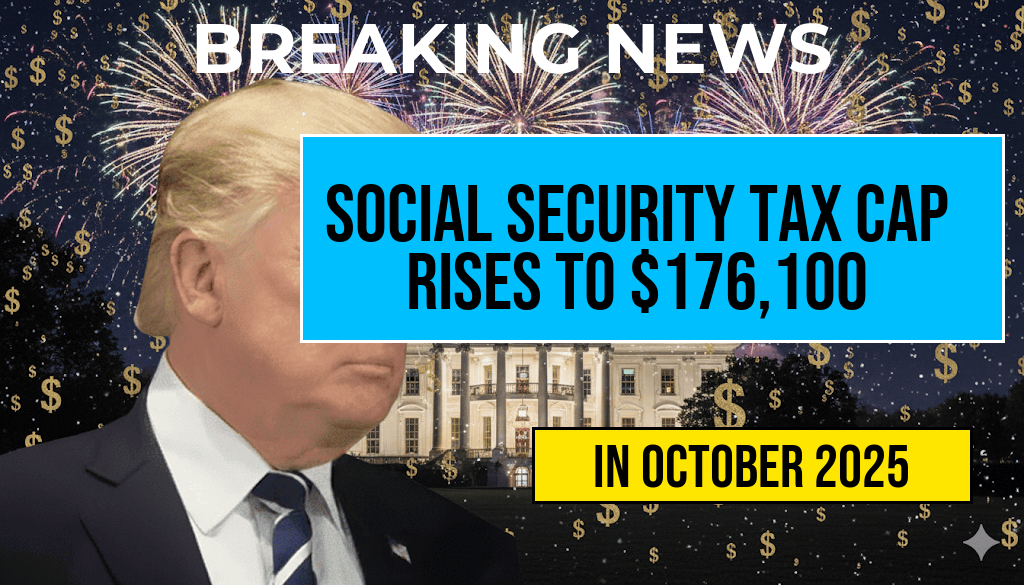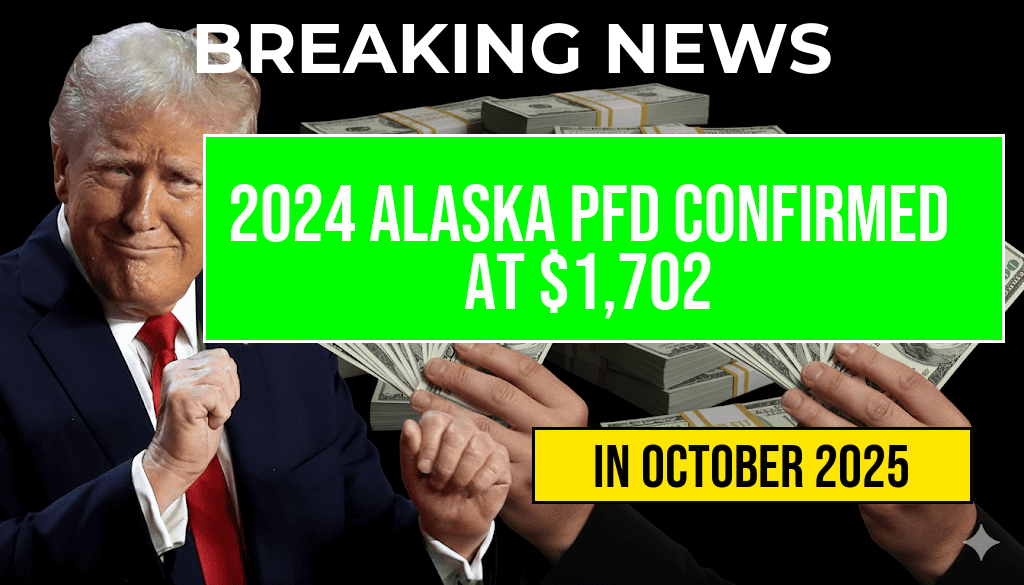A recent study conducted by the Economic Policy Institute (EPI) has revealed that raising the federal minimum wage to $15 per hour could result in an average annual pay increase of approximately $3,300 for about 32 million workers across the United States. This increase would significantly impact low-wage earners, providing them with greater financial stability amid rising living costs. The analysis emphasizes the potential benefits of such a wage adjustment on economic growth and consumer spending, highlighting the importance of legislative action to address income inequality. As discussions about minimum wage reform continue to gain traction, this study underscores the substantial effects a federal wage increase could have on millions of American families.
Background on Minimum Wage in the U.S.
The federal minimum wage, established in 1938, has undergone several adjustments over the decades. Currently set at $7.25 per hour, it has not changed since July 2009. Advocates for a higher minimum wage argue that the current rate is insufficient to meet basic living expenses, especially in urban areas where costs are significantly higher.
Key Findings of the Study
| Impact Area | Estimated Increase |
|---|---|
| Annual Pay Increase | $3,300 |
| Number of Workers Affected | 32 million |
| Potential Reduction in Poverty | Over 4 million |
Economic Benefits
The EPI study outlines several potential economic benefits resulting from a $15 minimum wage:
- Increased Consumer Spending: With higher wages, workers have more disposable income, which can lead to increased spending in local economies.
- Poverty Reduction: The study estimates that raising the minimum wage could lift over 4 million people out of poverty, thus reducing the reliance on government assistance programs.
- Job Creation: Contrary to some arguments against raising the minimum wage, research indicates that increased earnings can lead to job growth as businesses expand due to increased consumer demand.
Opposition and Challenges
Despite the potential benefits, there are voices of opposition. Some business groups argue that a significant wage increase could lead to job cuts or increased automation as companies seek to maintain profit margins. Additionally, there are concerns regarding regional disparities in living costs, with opponents suggesting that a one-size-fits-all approach may not be suitable for all states.
Legislative Context
The push for a federal minimum wage increase has been a topic of debate in Congress for years. While some states and cities have successfully implemented their own higher minimum wages, a federal law would standardize the wage across the country. Currently, several bills proposing an increase to $15 an hour are under consideration, reflecting a growing movement among lawmakers to address wage stagnation.
Public Opinion
Public sentiment appears to be shifting in favor of a higher minimum wage. Recent surveys indicate that a majority of Americans support increasing the federal minimum wage, recognizing the challenges faced by low-wage workers. Advocacy groups, labor unions, and various organizations continue to campaign for legislative changes, highlighting personal stories of individuals struggling to make ends meet.
Conclusion
As the conversation surrounding wage reform continues, the findings from the Economic Policy Institute’s study provide a compelling case for the benefits of a $15 federal minimum wage. By increasing the annual earnings of millions of workers, such a policy could not only alleviate poverty but also stimulate the economy through enhanced consumer spending. The ongoing legislative discussions will determine the future of minimum wage laws in the United States, with potential implications for economic equity and workers’ rights.
For further details on the economic implications of minimum wage policies, you can refer to the Economic Policy Institute and Forbes articles.
Frequently Asked Questions
What is the estimated annual pay increase for workers if the federal minimum wage is raised to $15?
The study estimates a $3,300 annual pay increase for approximately 32 million workers with a federal minimum wage of $15.
How many workers would be affected by the proposed minimum wage increase?
About 32 million workers are expected to be affected by the increase to a $15 federal minimum wage.
What is the current federal minimum wage in the United States?
The current federal minimum wage in the United States is $7.25 per hour, which has not changed since 2009.
What are the potential economic impacts of raising the minimum wage to $15?
Raising the minimum wage to $15 could lead to increased earnings for low-wage workers, potentially reducing poverty and stimulating consumer spending in the economy.
Are there any criticisms of raising the federal minimum wage to $15?
Critics argue that raising the federal minimum wage to $15 could lead to job losses, increased automation, and higher prices for goods and services.

